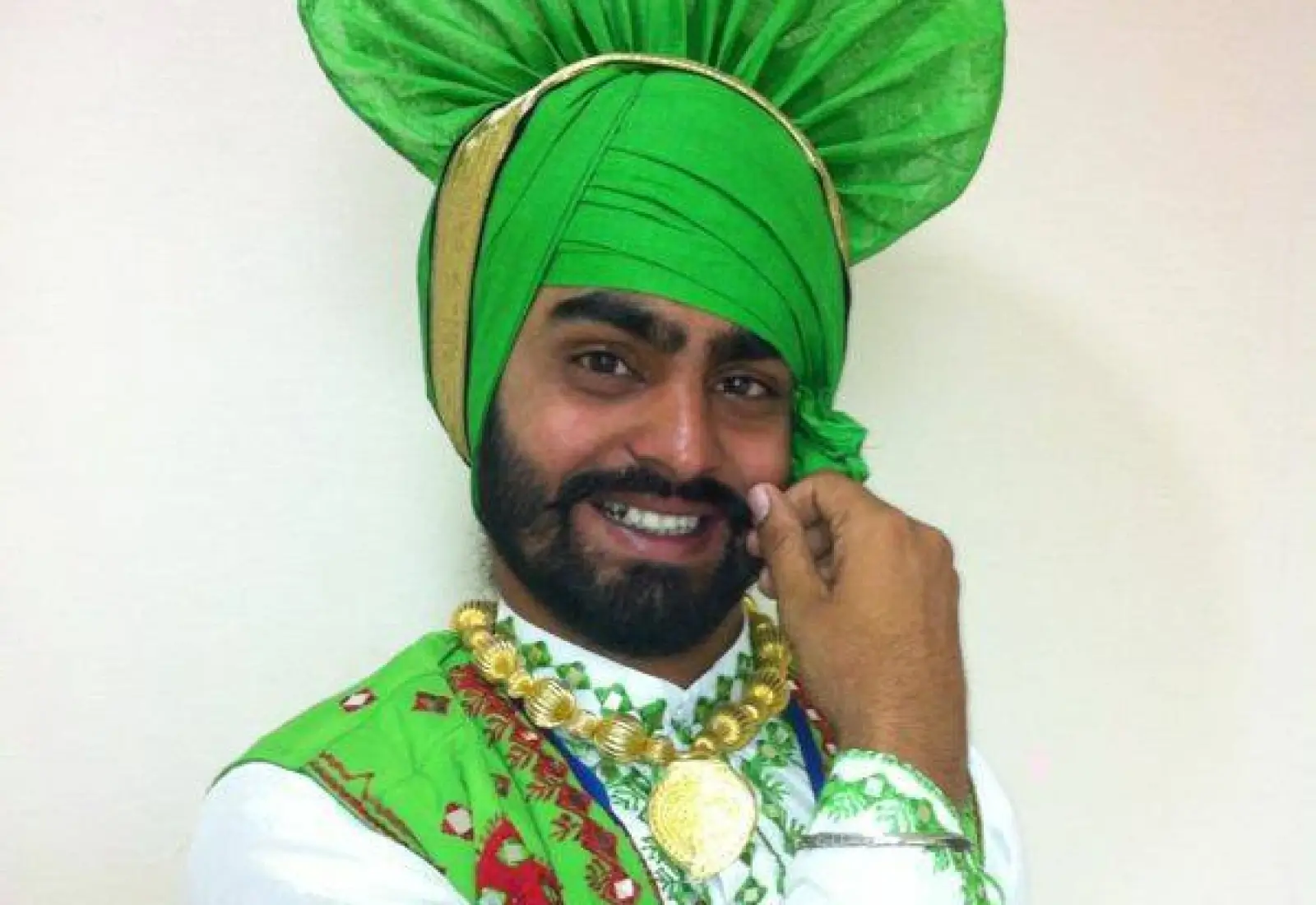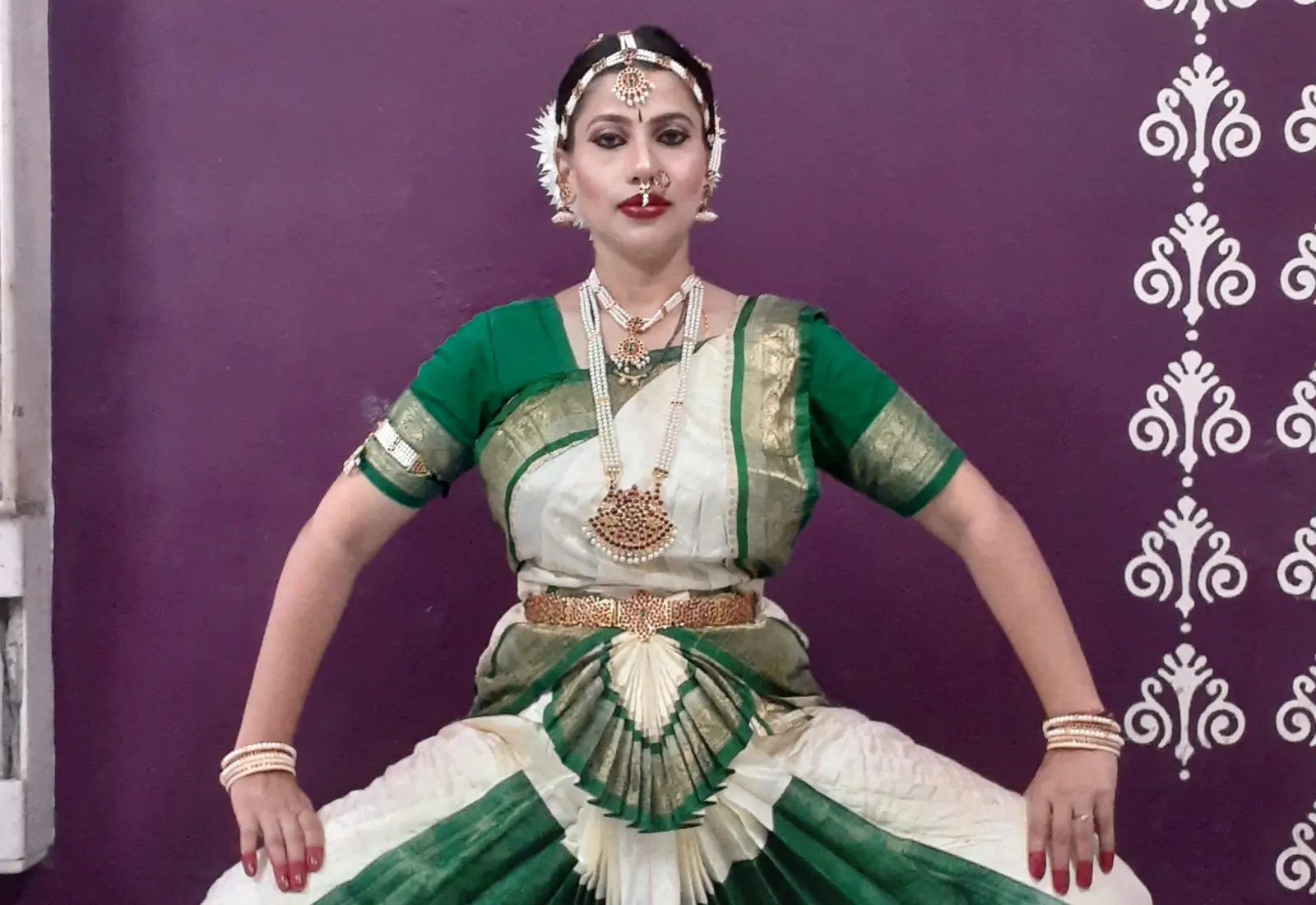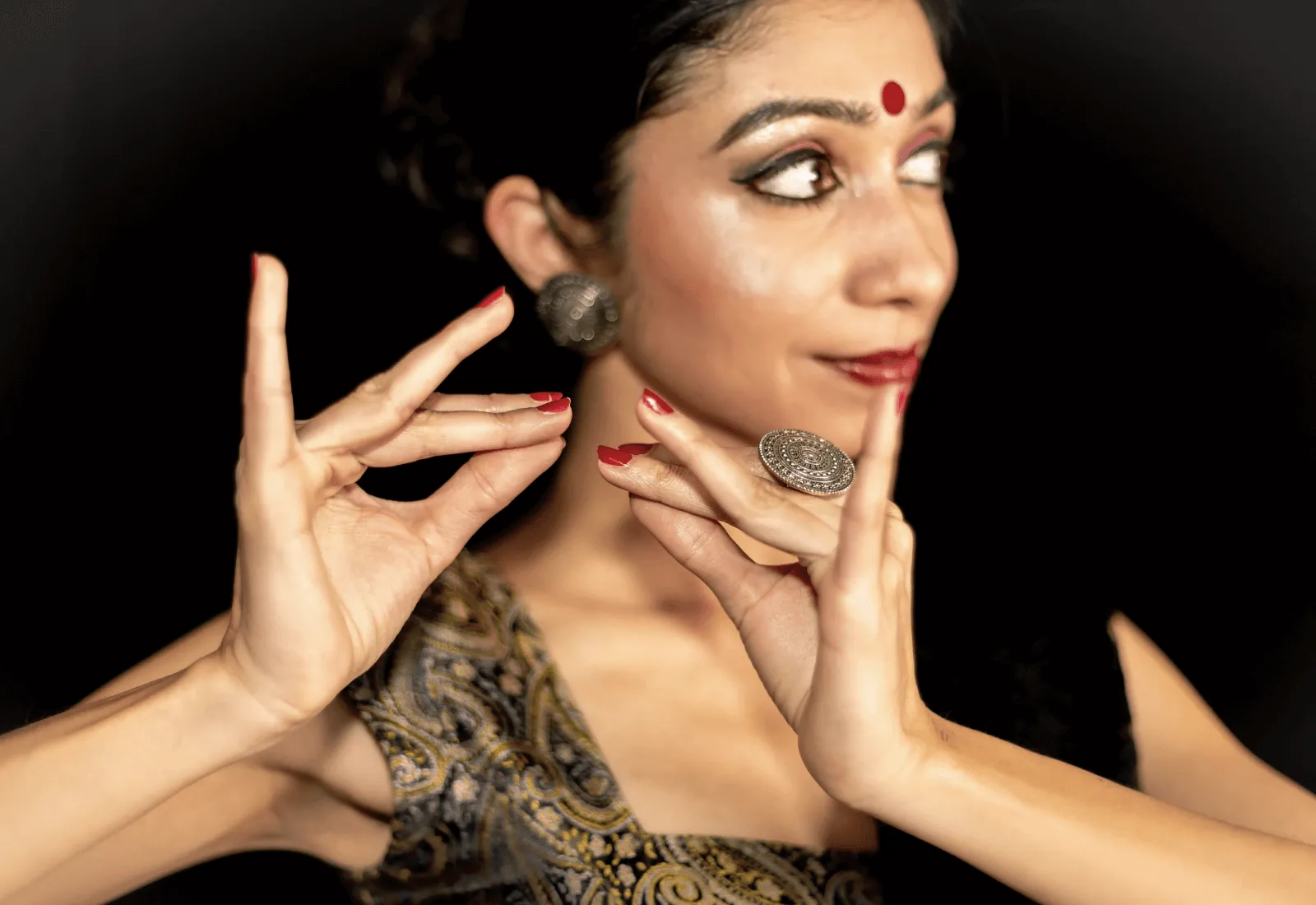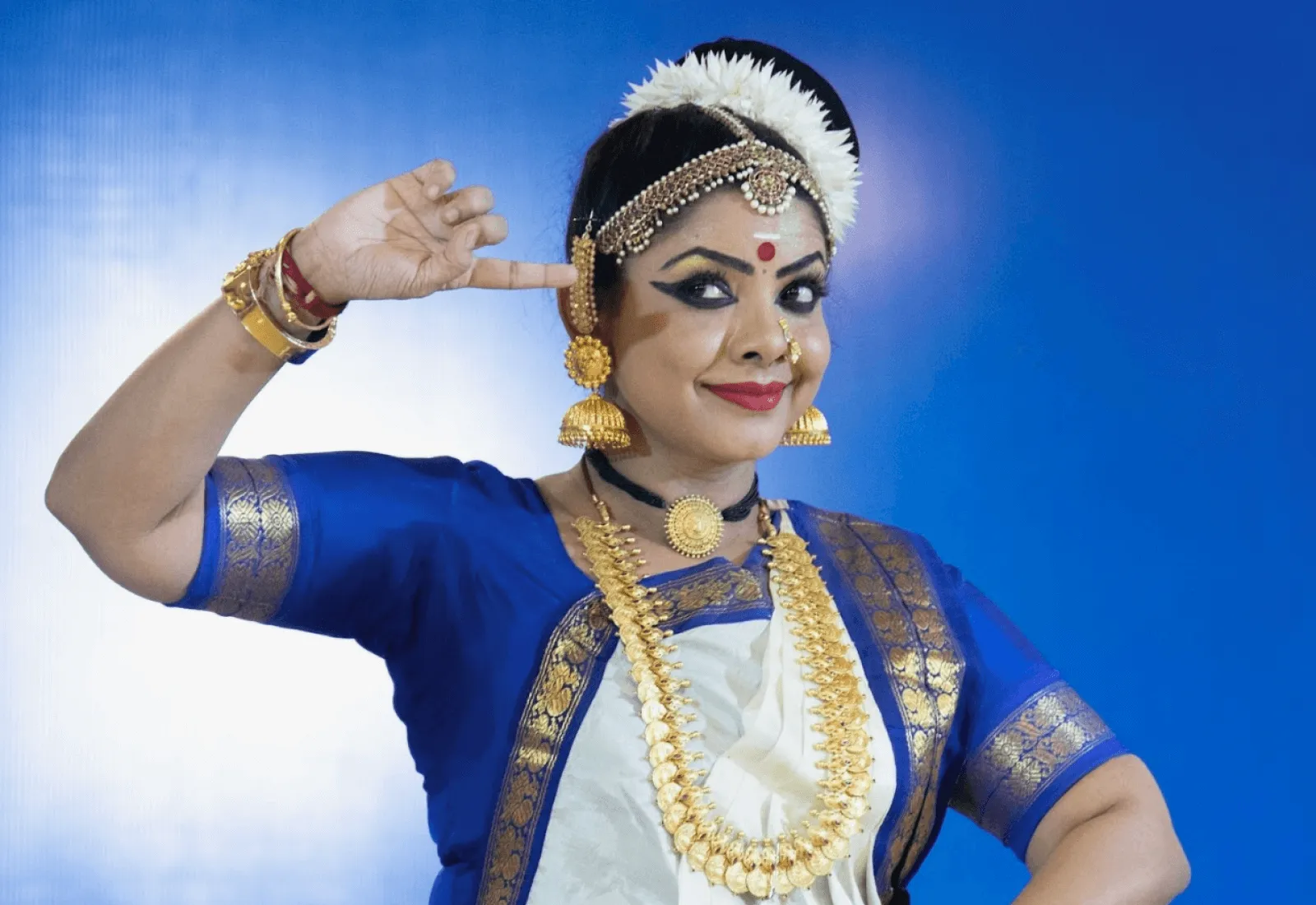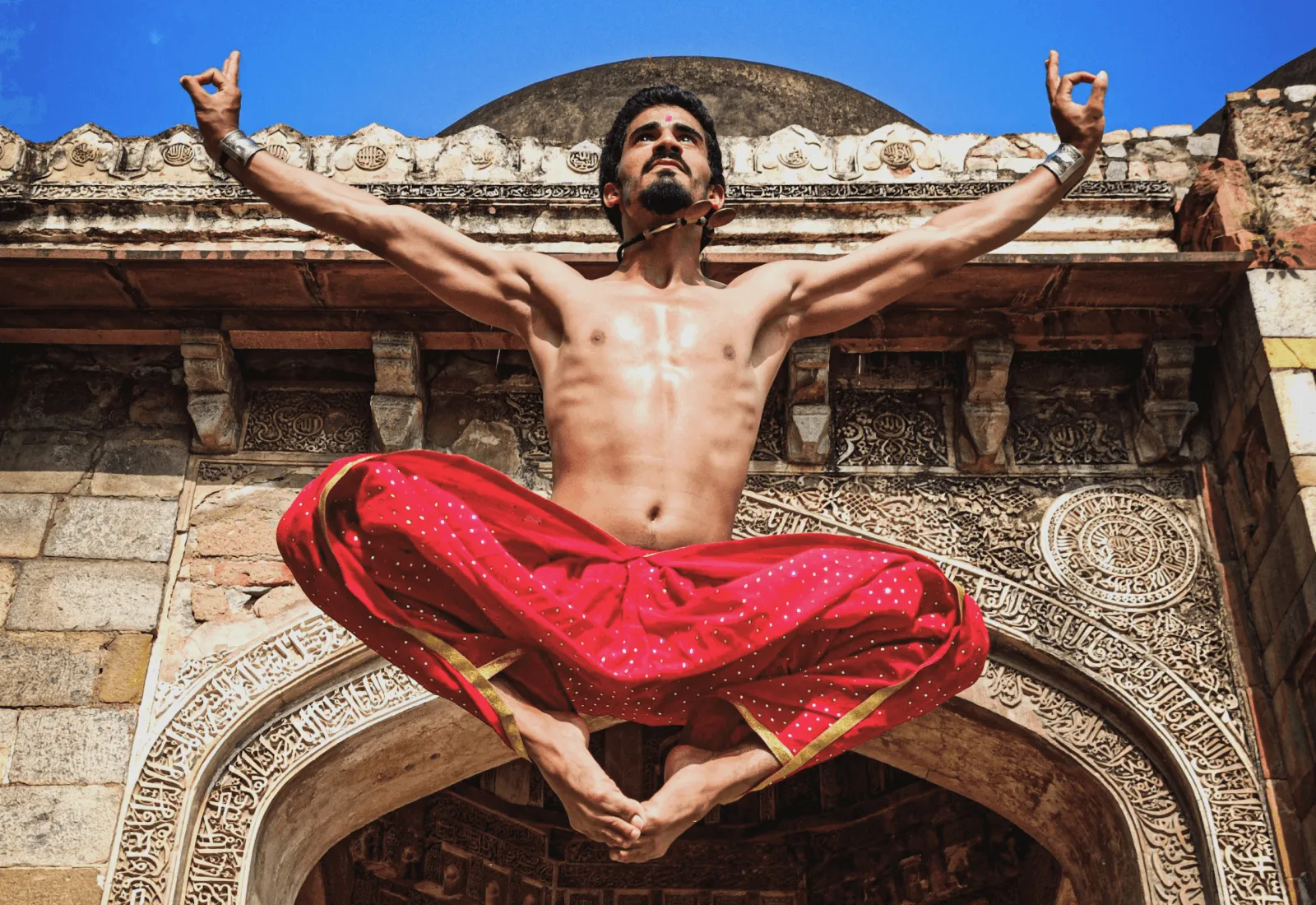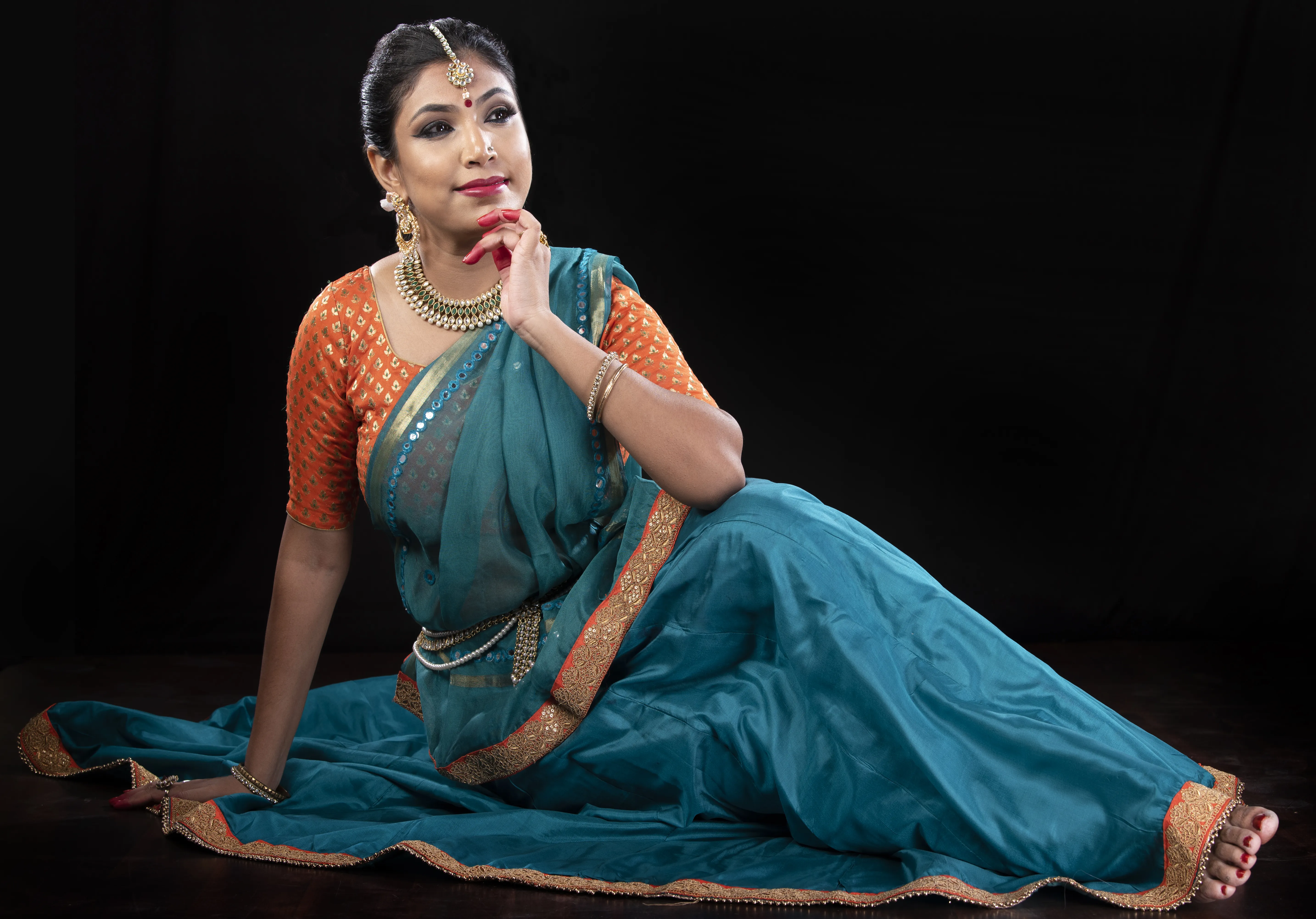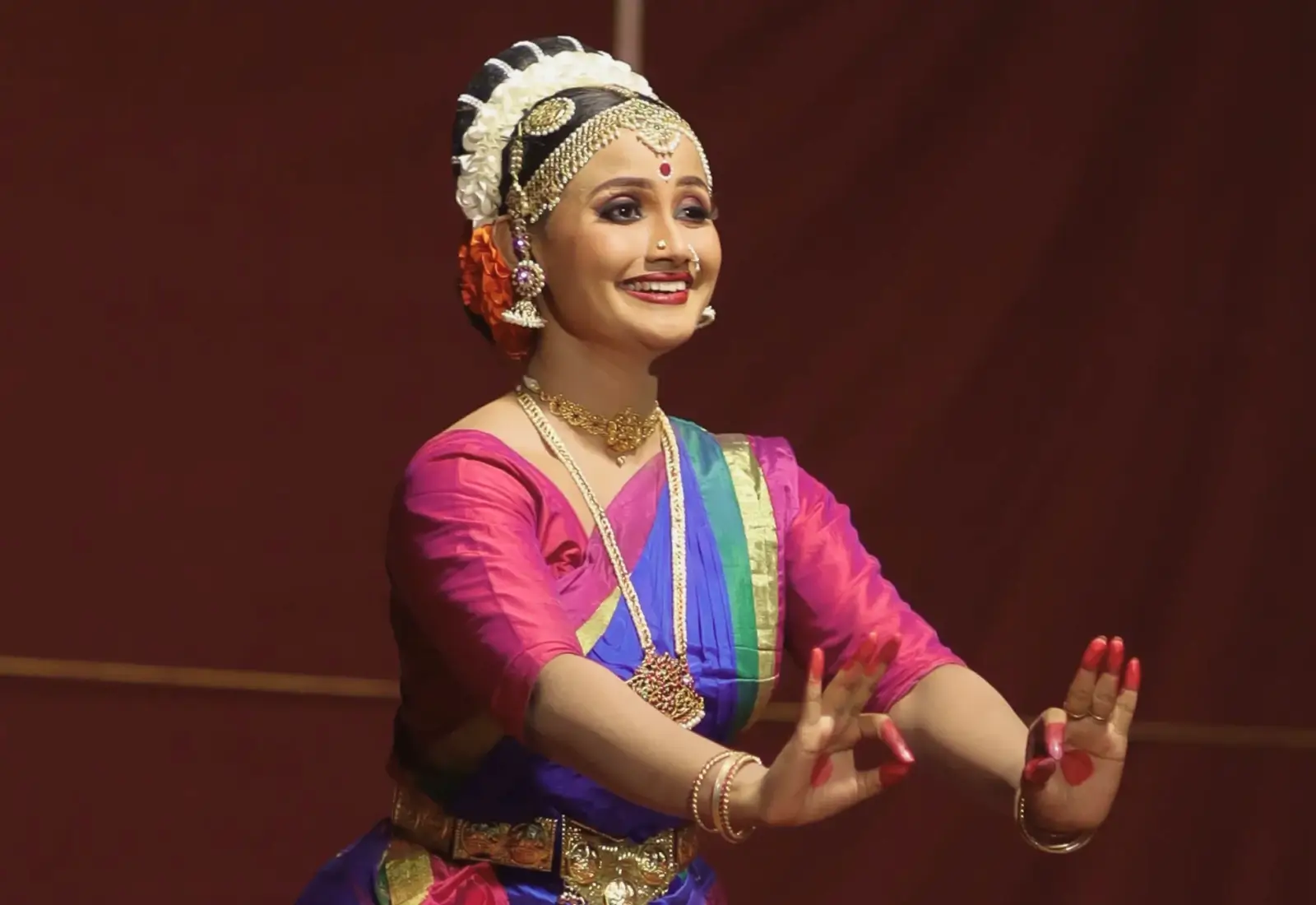About Indian Classical Dance
Indian Classical dance finds its roots in the diktats for musical theatre laid out by Bharat Muni in his book named - Natya Shastra. Natya Shastra is the first book that detailed the rules of performing arts like music, dance, and acting. Later, books like Sangeet Ratnakar further elaborated on these rules. There are 8 classical dances of India which are recognized by the Sangeet Natak Academy. They are Bharatnatyam, Kathak, Kathakali, Manipuri, Mohiniyattam, Kuchipudi, Odissi, and Sattriya.
The 8 classical dance forms of India have evolved in different regions in India. Each one of these dance forms was incepted as temple dance forms that were practiced by the Devdasi in front of the deity. Some of these dance forms take Shiv Tandav as their guide while others are centered around Krishna Leela. One common factor in all these dance forms is that they were a medium to offer worship to the deities and spread words about their glory.
Apart from these 8 classical dance forms of India, the different regions of India have other parallel dance forms that are categorized under folk dances. One of the folk dances named Chhau has been included as a classical dance form by the Ministry of Culture.
Nomenclature
Sangeet Natak Academy recognizes and includes the dance forms under the category of classical dance based on two parameters. Firstly, the dance form has to have its roots in the ancient scriptures of India. Secondly and most importantly, they must have a devotional orientation in their presentation.
The oldest documentation on performing art in India is found in the ancient book - Natya Shastra by Bharat Muni. All the 8 dance forms of India that are accredited by Sangeet Natak Academy, have taken Natya Shastra as a guide. Just like Indian classical music, these dance forms are steeped in devotion and spirituality. These dance styles conform to a Guru-shishya parampara, study of the scriptures and creating dance compositions that synchronize well with music, and other accompanying instruments. The other significant feature is that they are a medium for telling a story. Mastering any of these dance forms would require a lot of patience, perseverance, and regular practice.
History of Classical Dance of India
Indian temples have dance postures carved on their stone walls. These stone carvings reveal that the classical dance forms of India have their foundation in devotion. Dance forms such as Bharatnatyam, Mohiniyattam, and Sattriya take their dance postures and moved from Shiv Tandav. Essentially, it indicates the fact that these dance forms were incepted by Lord Shiva.
Kathak, Odissi, and Manipuri have Krishna Leela as their anchor. Kathakali - as the name suggests is entirely centered around storytelling. Started off as a medium for telling stories related to the gods and goddesses, later the elements of dance-drama took center stage in its repertoire.
Brahma is believed to be the creator of Natya Veda by taking significant elements from the four Vedas - words from Rigveda, mime from Yajur Veda, melody from Sama Veda and emotion from Atharva Veda. Panini’s Natasutra and Bharat Muni’s Natya Shastra are ancient texts related to performing arts. These books compile some basic rules that every performing art form should adhere to. Natya Shastra has 6000 verses segregated into 36 chapters. Two other scholars who studied ancient music, dance, and drama, are Shilalin and Khrishashva.
8 Classical Dances of India
1. Bharatanatyam
Coming from the Tanjore district of Tamil Nadu, Bharatnatyam - as a dance form - has originated in the temples of South India. The major contribution from the Devadasis has also earned this dance style its name Dasiattam.
Bharatnatyam is accompanied by Carnatic vocal music. Traditionally, the dance is performed by women. The theme of these performances primarily centers around Shaivism, while there is also a substantial part of the repertoire that speaks of Vaishnavism and Shaktism.
2. Mohiniyattam
Originating in Kerela, Mohiniyattam is named after ‘Mohini’ - the feminine siren avatar of Vishnu. Delicate, graceful, and seductive body movements, facial expressions, and mudras live up to the Lasya style of performing as described in Natya Shastra.
Almost all the classical dance forms are used to present dance dramas. And Mohiniyattam is no exception in this regard. It is accompanied by very soft and slow-paced melodies that create the right backdrop for this extremely expressive dance style.
3. Odissi
Odissi is a classical dance form that evolved in the temples of Odissa. It was performed by the Maharis ( maha nari), women who dedicated their lives to the worship of Lord Jagannath - an avatar of Vishnu.
The primary theme of the Odissi dance repertoire includes presenting the stories and singing praises of the Lord. However, it is not just confined to the worship of Lord Jagannath.
The eastern coastal state of Orissa has several other temples of Lord Shiva and the Sun god where Odissi Nritya was presented as a part of the rituals.
4. Sattriya
Incepted and nurtured in the Vaishnavite monasteries of Assam, Sattriya dance style came into prominence during the Bhakti movement in the 15th century. The one-act plays beautifully blend a graceful dance style with drama.
Traditionally, it was practiced by male dancers to celebrate the love of Radha-Krishna and Ram-Sita. By the second half of the 19th century, Sattriya dance performances stepped out of the boundaries of the monastery's community halls to find their place on the metropolitan stage. At this time, it opened up for the female performers to be a part of the acts. Soon after this, Sattriya dance got acknowledged as one of the major classical dance styles of India.
5. Kathakali
The word ‘katha’ refers to story and ‘kali’ refers to performance. Kathakali is a dance form that is used as a medium to narrate a story through dance and acting. It originated in Kerala in the 17th century. Elaborate and colorful costumes, and make-ups to highlight each facial feature are the distinguishing features of this dance form.
Traditionally, the dance dramas presented through the extremely stylized Kathakali dance narrate mythological stories from Ramayana and Mahabharata.
6. Kathak
Kathak (storyteller) - the name is attributed to the traveling bards. This dance form originated and evolved in North India during the Bhakti movement. Traditionally, it presented stories from the life of Lord Krishna to the audience. Kathak came into prominence during the Mughal era. Though it finds its roots in the ancient Indian treasie Natya Shastra, Kathak was vividly performed and appreciated in the Mughal courts. It also adopted some Persian styles that made the repertoire all the more enriched.
7. Manipuri
Manipuri dance style takes its name from the place of its origin - Manipur. It is characterized by soft, flowy, and graceful movements that keep the lasya elements alive in the performance. Other distinguishing features include the special costume of the female dancers, measured movements of the limbs, and emoting through a transparent veil that keeps the face partially covered.
Vaishnavism is at the core of the Manipuri dance repertoire. The predominant theme of Manipuri dance is Ras Leela of Krishna with Radha and other gopinis.
8. Kuchipudi
Kuchipudi originated in the Krishna district of Andhra Pradesh. Just like Kathak, this too, spread through the traveling bards who presented religious stories through their repertoire. Traditionally, it was performed by men.
Kuchipudi was systematized in the 17th century under the aegis of Tirtha Narayana Yati and his disciple - Siddhendra Yogi. The themes of the dance presentations were designed to pay tribute to Lord Krishna. At present, Kuchipudi is practiced by everybody including women.


